Description
Sonic Mania is Sega’s first full foray into the Classic Sonic archetype since 1994, in celebration of Sonic’s 25th Anniversary in 2016. Developed by a group of what can only be described as ‘ascended fan developers’, the game aimed to recapture what made the Sonic series popular back in the 1990s, returning back to a 2D, 16-bit-esque visual design akin to the most recent classic Sonic title, Sonic 3 & Knuckles.
In this game, you control either Sonic, Tails, or (not Ugandan) Knuckles, jumping, running and speeding through 12 differently designed zones, each character and each zone boasting their own personalities in order to stop Dr. Eggman from enslaving little critters and taking over the world.
This game released to worldwide fanfare, and eventually, worldwide renown. It was praised for being a step in the right direction for the Sonic series, being the first Sonic game to score above 8/10 from many reviewers in 11 years, but what exactly made it incredible in the eyes of many? We’ll attempt to examine the game through the Lens of Game Design, to distill what the developers did right in this game.
Disclaimer: Most of the lenses applied to Mania also applies to most of the other 2D Sonic titles, as Mania was meant to portray, emulate and exemplify what made the 2D titles popular and fun as compared to the recent 3D titles. As such, the elements described by the lenses may not be unique to the series as a whole, but they still show what the Sonic series does best.
The Elemental Tetrad
Mechanics
The game is simple – get to the end of the stage. You can jump, fly or climb through the stages to help you advance through the stages, but ultimately, how you get to the end is up to you. The obstacles in each stage will differ, and each stage will offer new skills to master, but none of that changes the goal. Run to the end of the stage to win. It’s a simple mechanic that always encourages the player to press on, due to its sheer simplicity; no matter what, you’ll manage to get to the end somehow.
Story
The story, as all games in the past, is kept simple and is only expressed and seen through non-verbal cutscenes. However, it is still easily understandable from the visual and audio cues.
The story involves the villain finding an omnipotent jewel, meaning it’s the hero’s job to stop the villain from using said jewel to rule the world. It’s simple, it’s cliched, but it gets the job done and gives the player motivation to carry on through the game.
Aesthetics
Mania attempts to recapture the beauty of classic games by drawing everything in a pixelated form, as if to emulate the technical limitations of the Sega Genesis. However, it also improves on the pixelated graphics by refining everything, to make it look brighter, deeper, and more contrasted, painting everything in a more vivid colour to breathe new life into the series and the reused environments from old zones. This, combined with retro-styled music using chiptunes, immerses players in a game that oozes with blasts to the past.
Technology
Though meant to emulate games of the past, Mania still takes advantage of the 8th generation consoles by allowing for more colours, higher fidelity sound, more audio channels, and most importantly, 60 FPS gameplay. All of this helps to make the game feel new and modern, despite its retro aesthetic.
The Lens of Emotion (#1)
The aim of the lead developer, Christian Whitehead, was to bring Sonic back to its roots and show the world that Classic Sonic could still work in the modern times. In order to honour the roots of the series, as well as to pay homage to the longtime fans of the series, Whitehead and his team decided to evoke as much nostalgia as they could, through the use of fanservice.
The trailer above was the first sight of a proper 16-bit Sonic title in 22 years, and was met with (literally) thunderous applause from the moment it was revealed. Despite the year-long delay of the game, people still anxiously awaited its release, and when it did release, fans of the series were rewarded from the getgo.


The first cutscene of Mania vs. the first Zone of S3&K
The moment the game is started, fans will constantly be bombarded with waves upon waves of nostalgia: the starting cutscene takes place in Angel Island Zone, appearing almost exactly as it did in 1994’s S3&K, followed immediately by the classic Green Hill Zone as the game’s first stage. As players progress through the stage, they will continue to venture through old stages interspersed between new stages, in order to keep the whole experience both nostalgic and yet fresh.
That is just the visual design – the gameplay itself runs almost exactly as it did 22 years ago. The developers attempted to replicate the physics of the Classic games, and managed to almost perfectly emulate the way the Classic games used to play. This only further immersed the players in the retro-ness of the game, allowing them to feel as if they were playing a game on their Sega Genesis way back when. They attempted to evoke one of the hardest emotions to evoke effectively from players, without milking it completely dry, and played it to their advantage.
What exactly about the gameplay, though, made it fun, and made people want to come back for more?
The Lens of Simplicity & Complexity (#48)
As explained earlier, the mechanics of the game are simple. When it boils down to it, you only have a few moves – for Sonic, you either run or jump, and sometimes Drop Dash. You only need these 3 moves to finish the entire game. However, how you finish it using these 3 moves is what matters; do you jump in at full speed? Do you slow down a little so you can control your jump and landing point? Do you jump lower of higher to get the least airtime, so you can conserve your horizontal momentum?
These are just several questions that you intrinsically ask each time you push the jump button. It’s a simple action, with simple responses, but the possibilities are endless. Each jump you make could lead you to a secret area, if you know how and where to jump. Each jump could lead you to destroying a chain of enemies, if you know where and when to hold forward. Furthermore, each intricate action is rewarded with more speed, and greater heights to carry you through the stage even further; an example of this would be the video viewed in the first lecture of Sonic The Hedgehog 2, where the first stage can be cleared in just 15 seconds, if your movements had computer-like precision.
The Lens of Triangularity (#40)
The Sonic series has always had one general rule of thumb – the higher, the better. What this means is that each stage usually has a higher route and a lower route. While the lower route is usually easier to enter, the higher route usually has simpler roads, less enemies, less obstacles, and is generally easier to traverse. Take this map of Green Hill Zone from 2 games, for instance:
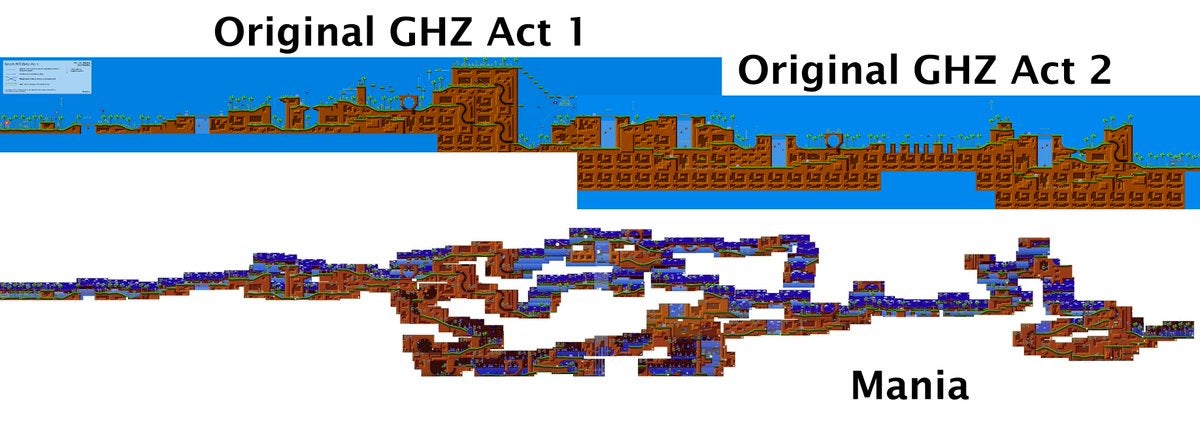
GHZ Map from STH1 and Mania
As can be seen, the higher routes usually have a lot more empty space, while the lower routes results in much more jumping required to get to the end. Of course, this tradeoff doesn’t come without requirements. Higher routes usually require sufficient speed and precision jumping in order to jump on the enemies required to get to the platform. Furthermore, these enemies often don’t respawn, meaning you only get one chance to take the higher route. This is a test of skill that rewards players for making riskier plays with a quicker path and less obstacles, and is one of the staples of the Sonic series that Mania demonstrated well with its level design.
The Lens of Surprise (#4)
The final lens we’ll use to examine the game is tied with the earlier point of nostalgia being the emotion Whitehead and his team aimed to evoke through Mania. Throughout the development cycle of the game, only 2 zones were announced publicly, with the other 12 zones being unknown to everyone until release day. This meant that on the day of release, fans were pleasantly surprised by every ounce of fanservice left in the game for them to savour, from minor incidences to major gameplay elements.
In fact, one way that Mania used surprise to its advantage to milk nostalgia for all its worth is in one of the bosses. In the second Zone of the game, players don’t fight an ordinary boss.

This is the boss of the Zone.
This boss hails back to a game that a number of American fans would have played – Puyo Puyo, or in this case, Dr Robotnik’s Mean Bean Machine. It was an unexpected gameplay change that struck a chord with every Genesis fan due to its elegance and, despite its odd place, how fitting it was in the game, as a throwback game.
Of course, other small nuances also served as a completely different surprise to keep players guessing as to what was coming next. Each Zone has 2 Acts, and oftentimes, Act 2 of a Zone would introduce a new gameplay element that was never present in the series before. These elements spice up the game at each point, and serve to refine each Zone’s personality, ensuring that each Zone is distinct and unique from each other.
Mania was a masterpiece that was the result of passionate game designers who believed in their franchise, and most importantly, the aim of their game. They utilised as much as they could from the old games, refined each element carefully, and polished everything into a neat little package as what was heralded as the ultimate homage to the Sega Genesis days of gaming. With this, Sonic Mania serves as a prime example of how to do a classic platformer right in today’s modern era.

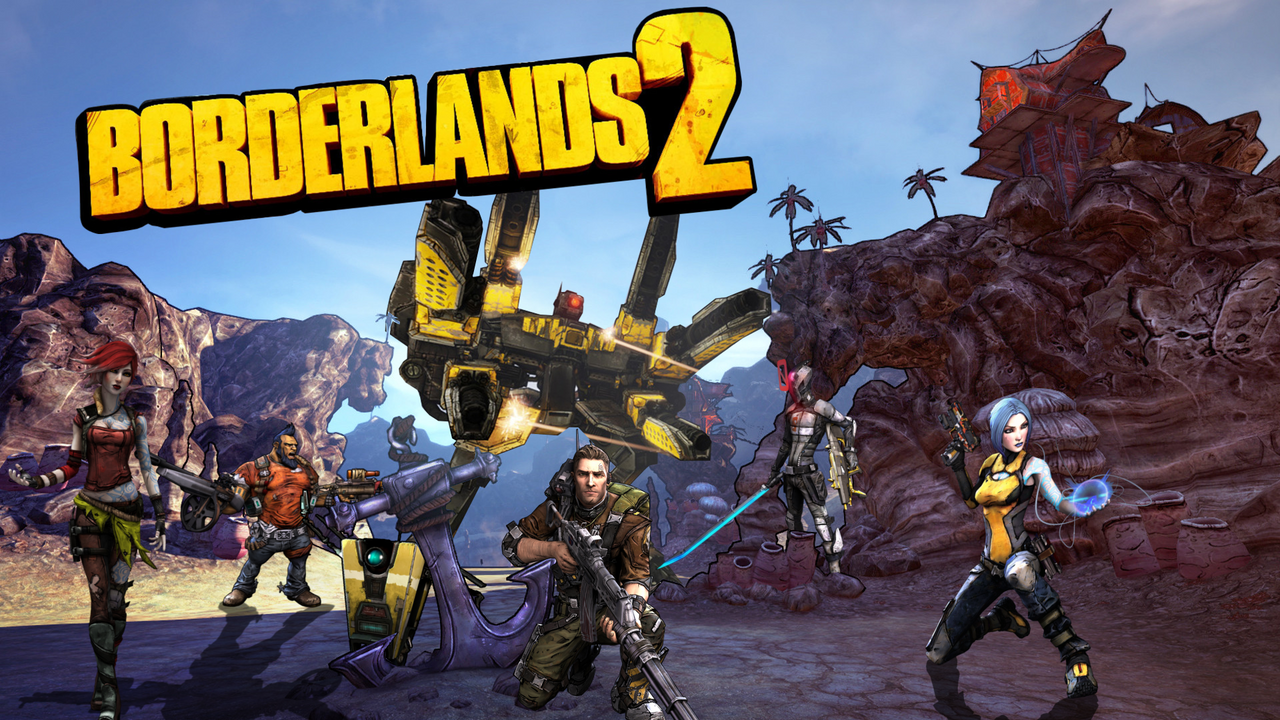




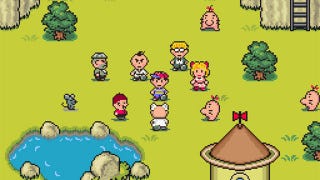



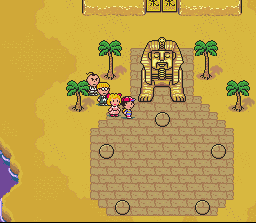
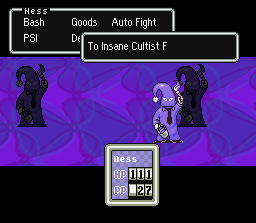
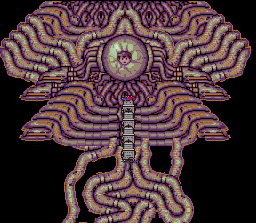


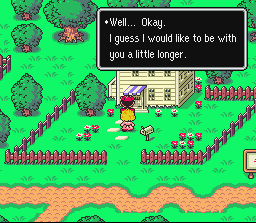






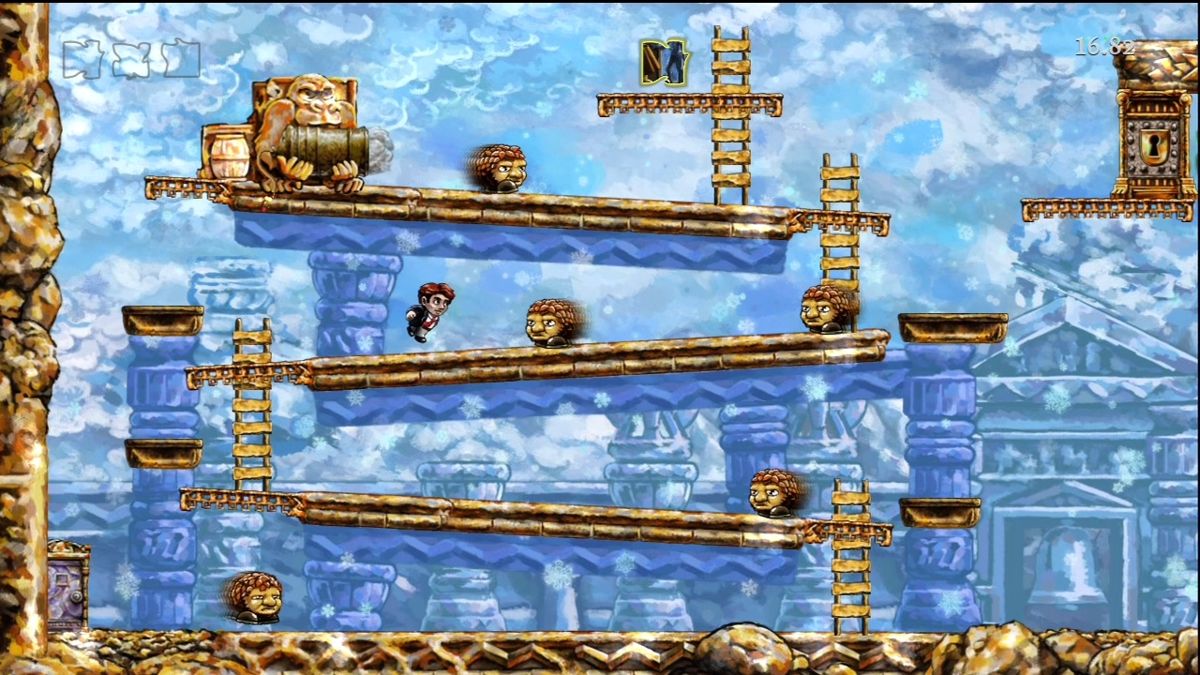
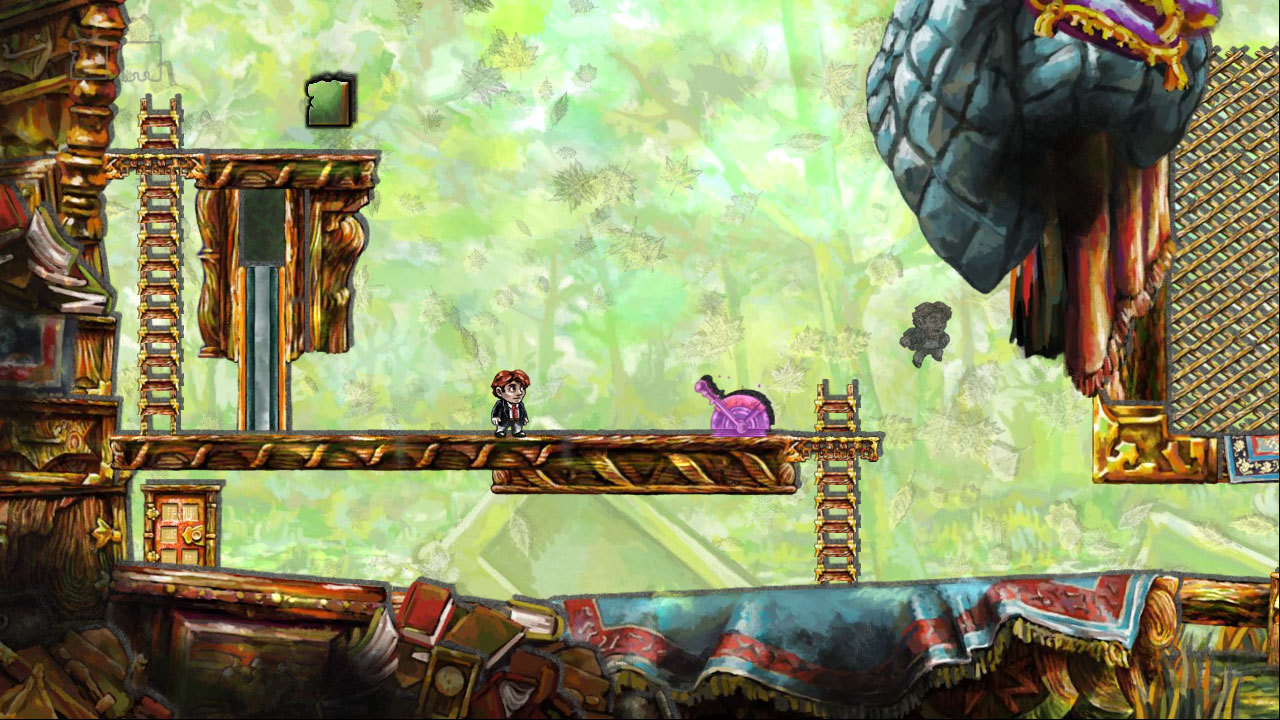



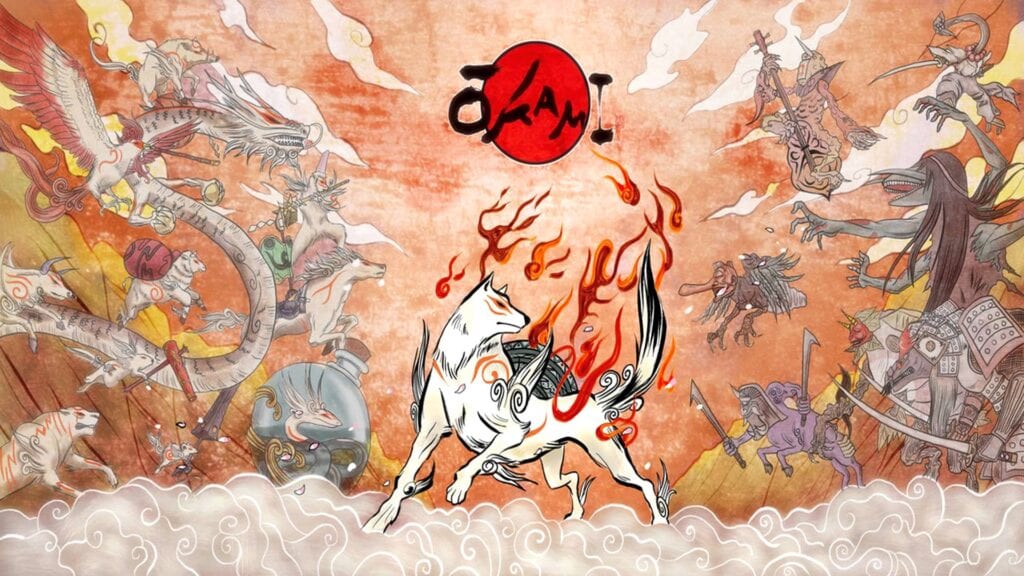






 Screenshot: Mission Success
Screenshot: Mission Success








